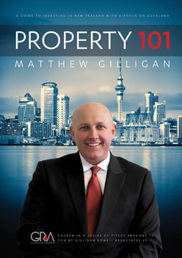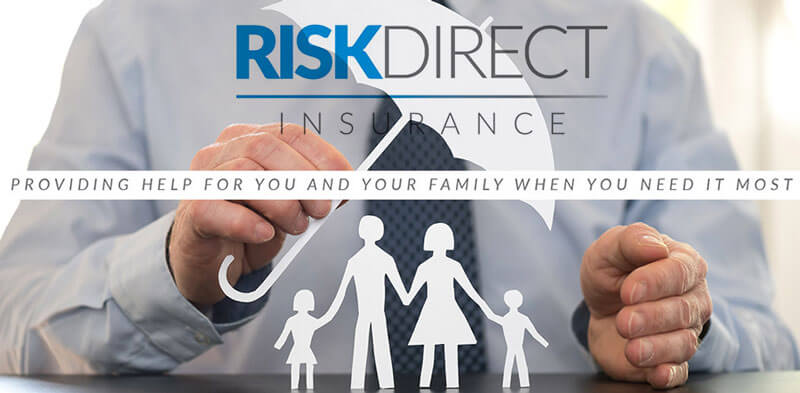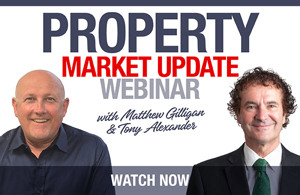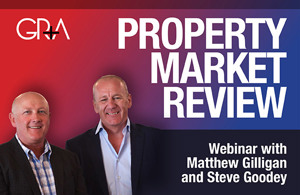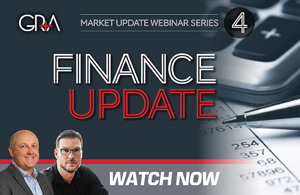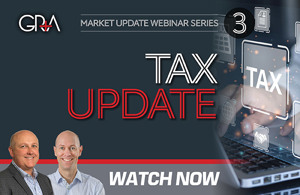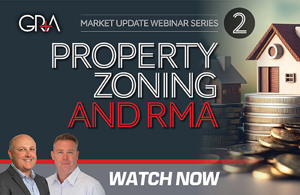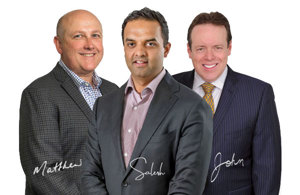
I was recently asked whether there was an upper limit to the ratio between property price and household income, which in Auckland currently sits at about 10 to 1. In other words, the average property price is worth 10 times the average annual income.
Also known as the median multiple, this is an internationally recognised measure of housing affordability and is calculated by dividing house price by income. A median multiple of 3 or less is considered affordable, and at 10, Auckland is now the fourth least affordable city in the world. Will a limit eventually be reached due to the inability of people to pay, after which house prices would only rise at the rate of inflation (as would wages)?
This is a great question. However, affordability assumes people owning the houses are carrying debt and servicing interest. Many are not – they use cash and are just plain wealthy. High median multiple cities like London, New York and San Francisco tend to see declining owner-occupier rates. And liberal investors say 'that can't continue'. But they confuse social agenda with economics and capitalism. Harsh as it may sound, poor people do not have a right or entitlement to own a home and it's always been that way. (I don't make the rules; I just observe them. And note, I'm not saying they don't deserve to live in a decent home; I'm just talking about ownership.)Despite high median multiples in a city like London, still the money chases property; it just accepts lower cash yields. Property is almost a reserve currency in London for Arabs. Wage inflation and, more to the point, rental inflation coupled with price reduction in the downturn, make the assets more attractive at certain points of the cycle. (Wages/rents grow, cost base drops, you get another lick at growth thereafter.)
When Sydney went too high in the '90s it stayed flat for 10 years. It literally took 10 years for income growth and affordability to kick in. So worst case you wait longer for growth. But when property is flat, usually shares are flat too.
Also consider what is the alternative? Shares? What income ratios are they trading on? Off the dial for some stocks. With no leverage benefit. And far more volatile, which is why they don't get leveraged so much. But having said that, I am certainly no expert in shares.
Auckland is peaking out and will likely decline first as interest rates rise heading into 2018. And naysayers will say, 'we were right, we predicted this downturn'. But the same naysayers missed the boat on the last four boom cycles and will more than likely continue naysaying and doing precisely what they have done previously, which is very little of anything, because all they see is risk and counter theories to most investment opportunities.
You need a long-term view to make property work. Short-term thinking at all parts of the cycle clouds your decision making and there is always a reason to not have a go.
Lastly, saying 'investment' loosely is very subjective. Property investment using what strategy, where, at what part of the cycle? Are we talking retail investing in 2017 in apartments in Auckland? You will get caned in the down cycle. Yet I can, right now, buy a site with subdivision and build opportunity and pull 400k to 700k out in instant equity. I make my money on the way in. The point is, all property is not equal and you need to play the game smart, if you want to maximise your gains. But looking at median multiples and saying this can't continue, is a bit simplistic and missing the point. As long as you are not a retail uninformed investor, the world is your oyster in any market.

Matthew Gilligan
Managing Director and Property Services Partner
Did you like this article? Subscribe to our newsletter to receive tips, updates and useful information to help you protect your assets and grow your net worth. We're expert accountants providing expert advice to clients in NZ and around the world.
Disclaimer: This article is intended to provide only a summary of the issues associated with the topics covered. It does not purport to be comprehensive nor to provide specific advice. No person should act in reliance on any statement contained within this article without first obtaining specific professional advice. If you require any further information or advice on any matter covered within this article, please contact the author.
Comments
Testimonials
Thanks John, You have been an excellent person and firm to deal with over the last ten years. Kerrie and I have really appreciated your advice. - Andrew and Kerrie - Brisbane, August 2018
Gilligan Rowe and Associates is a chartered accounting firm specialising in property, asset planning, legal structures, taxation and compliance.
We help new, small and medium property investors become long-term successful investors through our education programmes and property portfolio planning advice. With our deep knowledge and experience, we have assisted hundreds of clients build wealth through property investment.
Learn More






